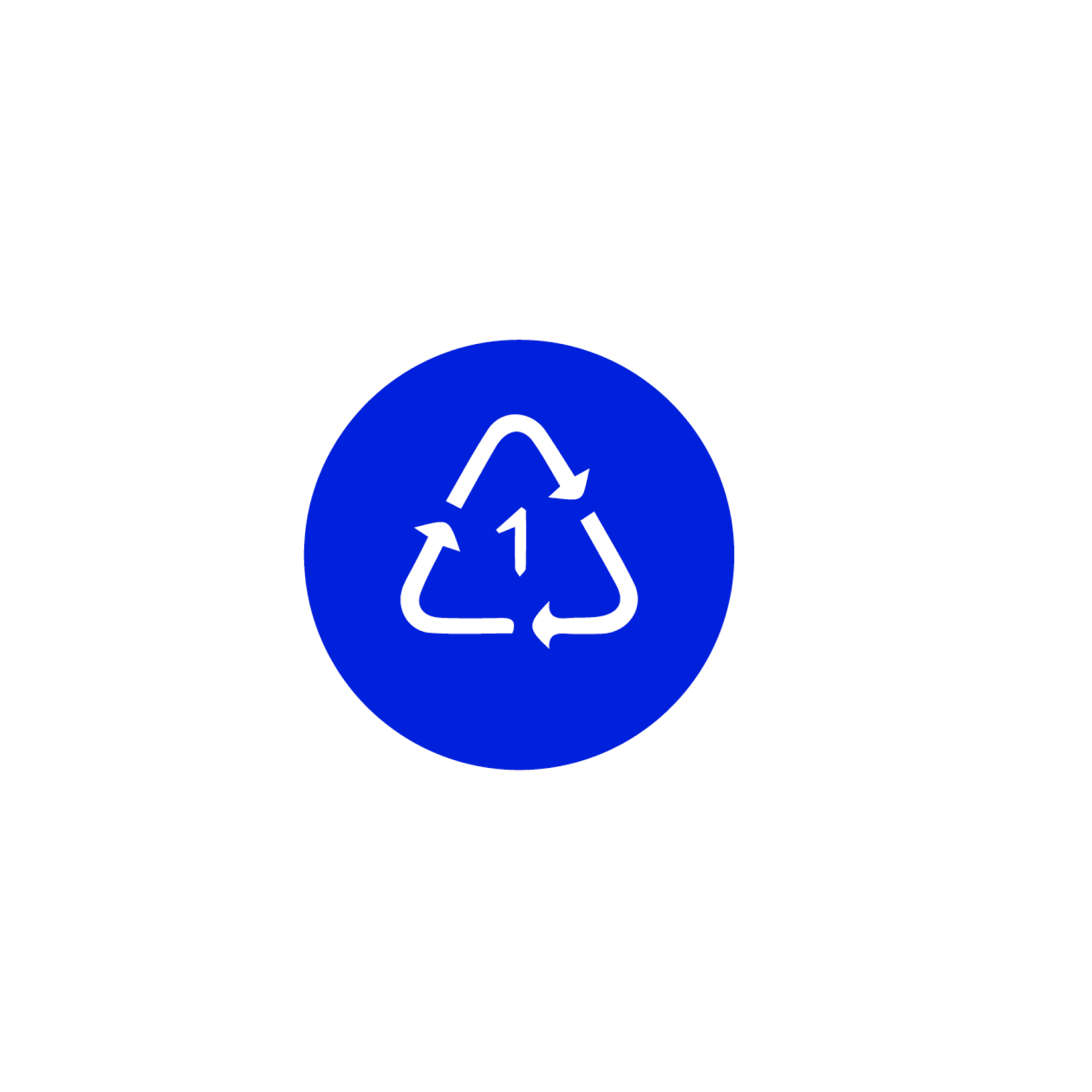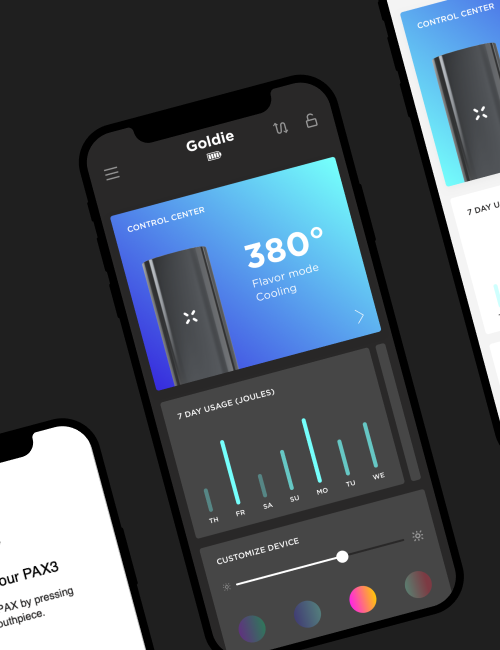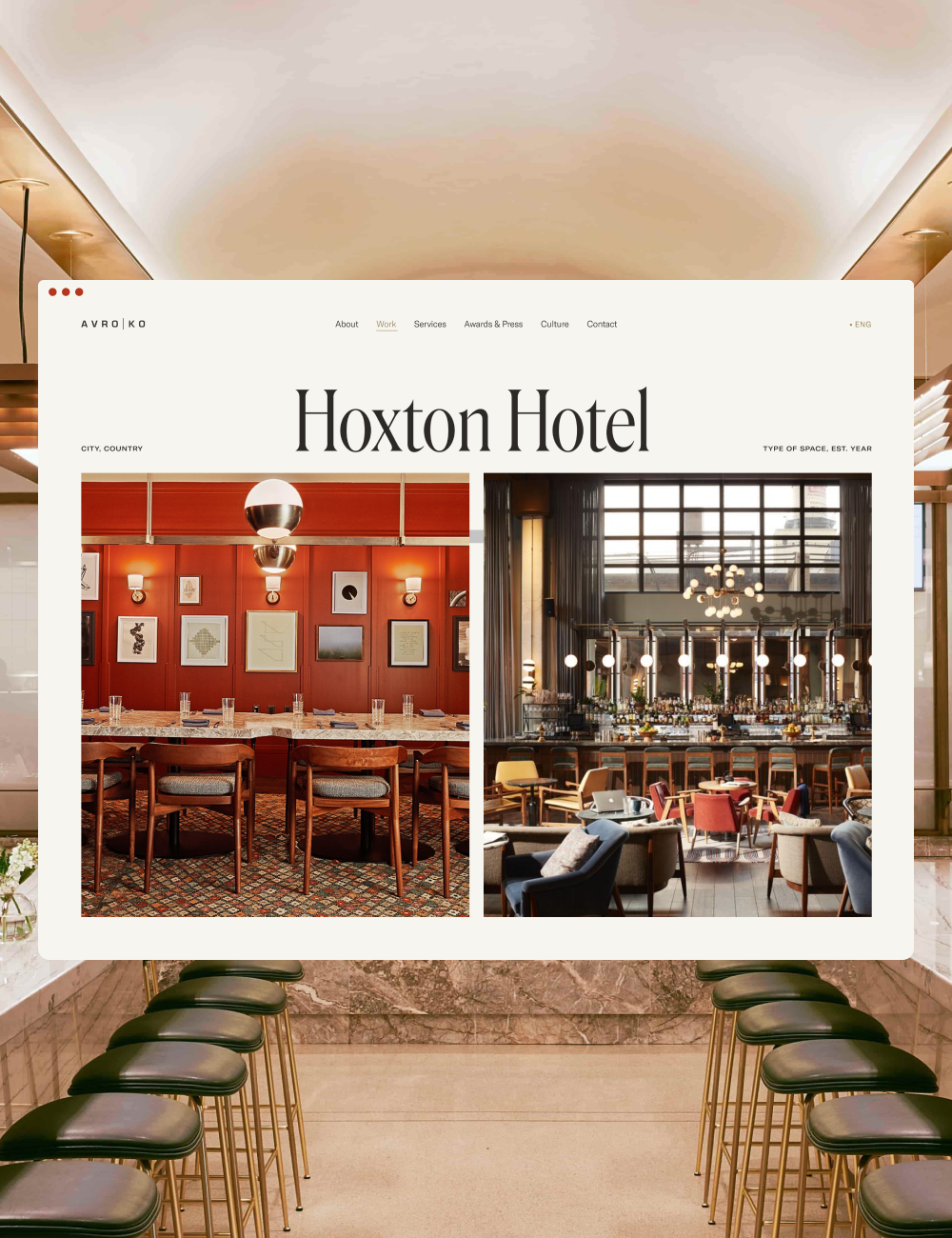
From ignorance to laziness, people disregard sustainability for a multitude of reasons. It can even boil down to simply a lack of opportunity to learn or an insufficient amount of time to care. Large entities, whether commercial or governmental, will sometimes leave sustainability out of the design equation due to the many challenges that come with scaling products and/or services for as many people in as many places as possible.
While applying similar goals — reducing non-renewable resources, minimizing waste, and creating healthy experiences — the variables and the means of achieving the designer’s goals via digital prove quite different.
One could argue that the result of our digital revolution has already resulted in a more sustainable world. There is less of a reliance on paper, less physical resources necessary to be productive, and less of a carbon footprint left by optimizing production and supply chains. Likewise, there is more automation and remote work, which inherently leads to less of a dependency on transportation.
Digital designers must think through the longevity and the scale of creating systematic interfaces. They must build out UI components that have no need to be re-engineered down the road and will therefore save money. They must apply automation to the extent that experiences result in users necessitating fewer resources, wasting less time, and being empowered enough to further their responsibility in consumption.
Incorporating sustainability into the design process is an obligation we should all have in order to keep our discipline alive. The practice of optimizing how people interact with products, services, spaces, and experiences is intuitively a reflection of how we preserve our societies, our resources, and our environments. Taking care of people should be considered synonymous with taking care of their resources as well as their environments. To ensure that design remains a powerful tool for our collective benefit, we must design for the betterment and sustainability of the world at large as well as the world of each individual.

